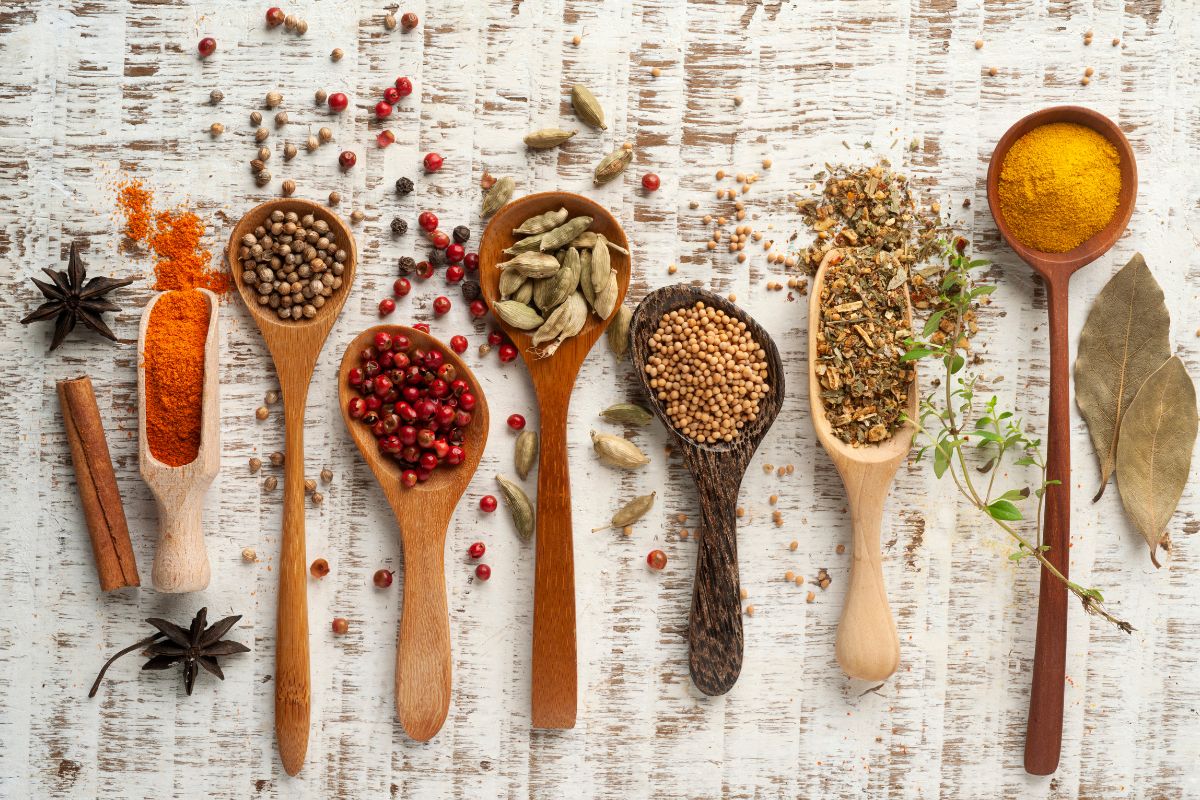Asian seasoning mix consists of various spices commonly used in Asian cuisines, such as garlic powder, onion powder, ground ginger powder, fennel, green onion, nori, sesame seeds, red pepper flakes, and sometimes dried herbs. Some blends may have a sweet and savory flavor profile, while others may be spicier or umami-rich, and they add depth and flavor to dishes like stir-fries, soups, marinades, and sauces.
Table of Contents
What is Asian seasoning?
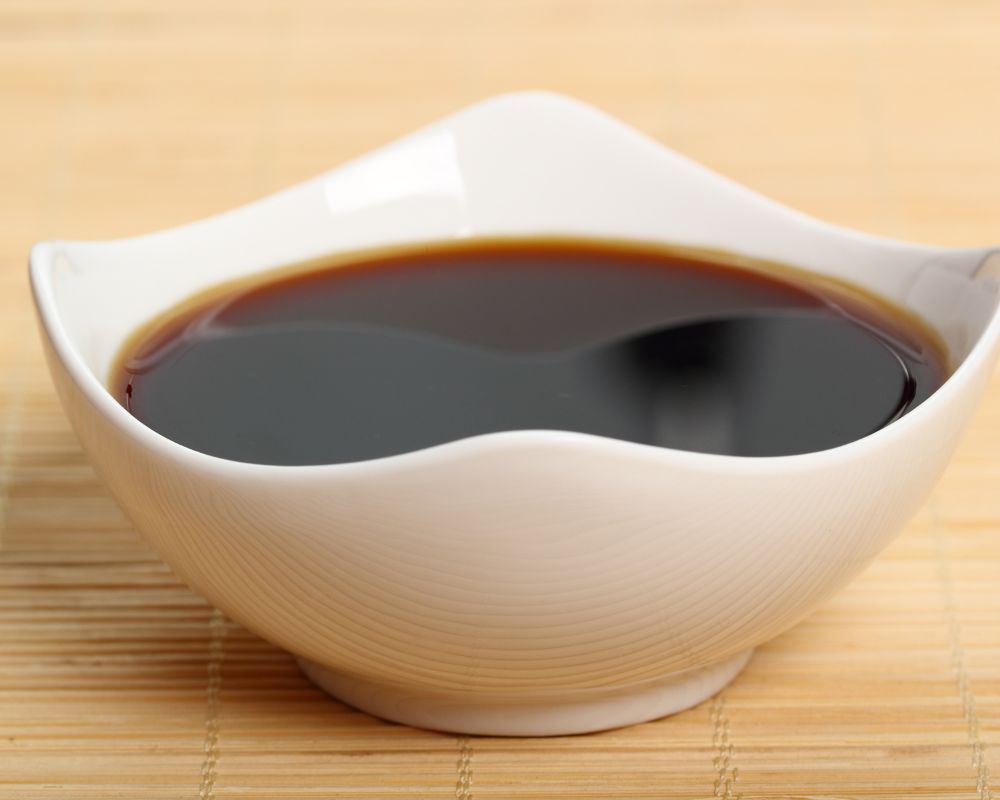
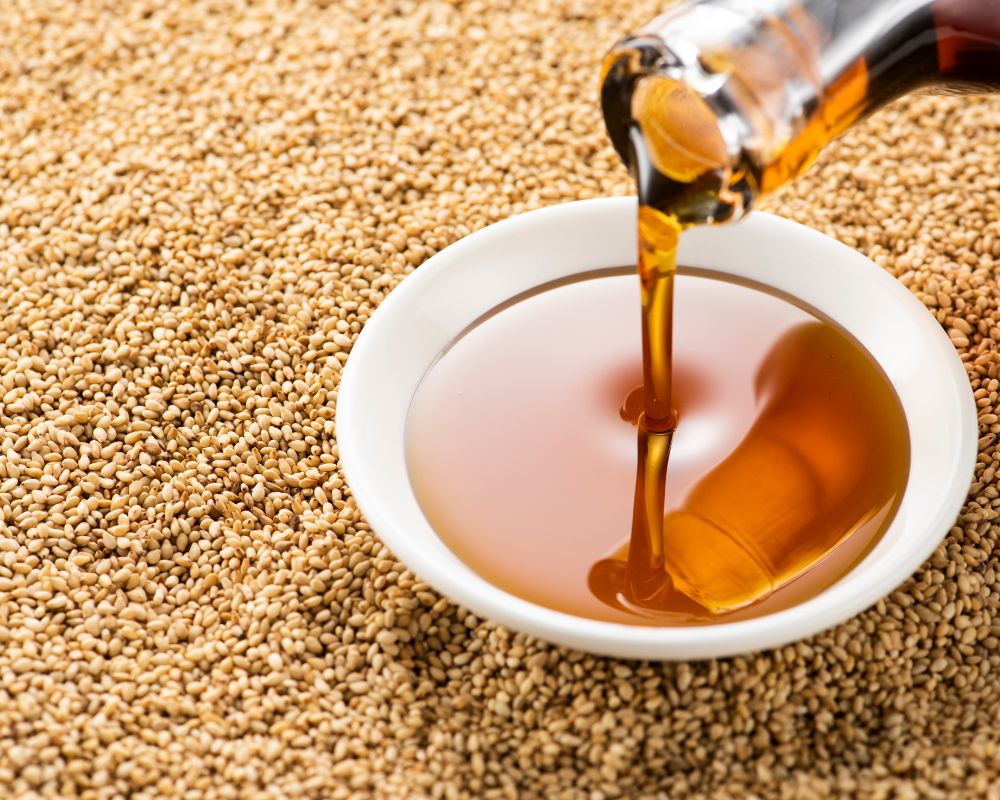
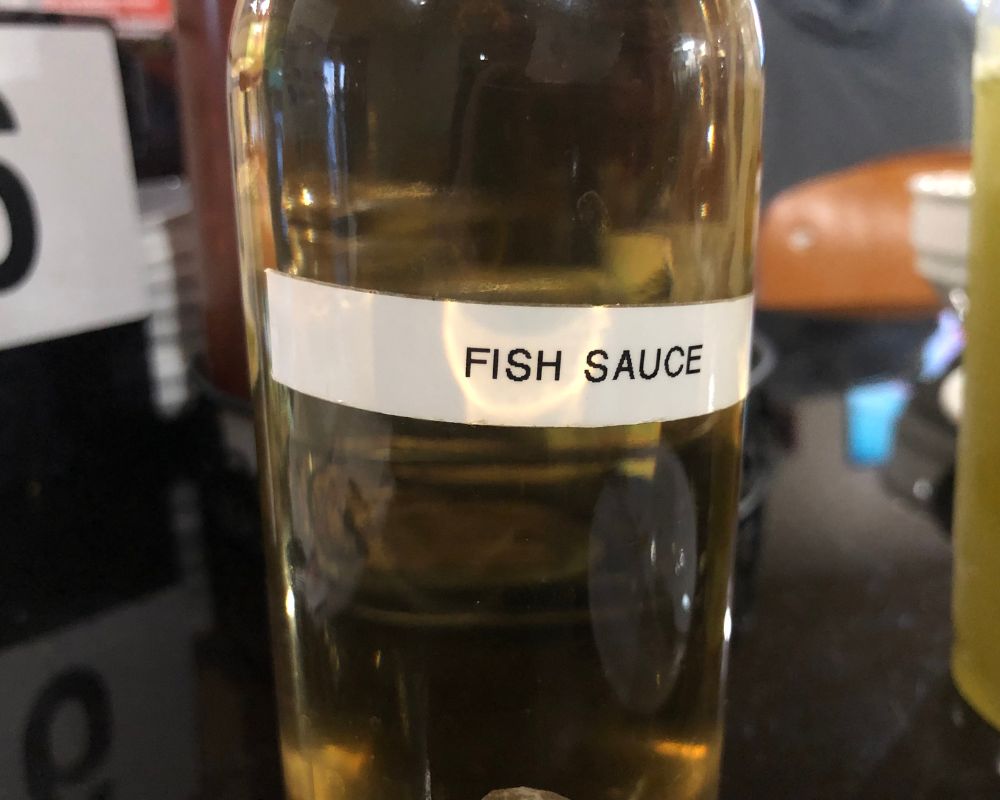
Asian seasoning refers to various herbs, spices, and condiments commonly used in Asian cuisine to enhance the flavor and aroma of dishes. Some Asian spice mixes include ginger, garlic, soy sauce, sesame oil, fish sauce, star anise, Sichuan peppercorn, curry powder, and lemongrass.
What spices are typically used in Asian cuisine?
Asian cuisine incorporates a variety of condiments such as chutneys, dals, and sambals, which are prepared using ingredients such as chilies, fish sauce, and tamarind. Hot sauce is also an essential condiment in Asia, and each region has its preferred hot sauce, with Sriracha and chili garlic being some of the most popular.

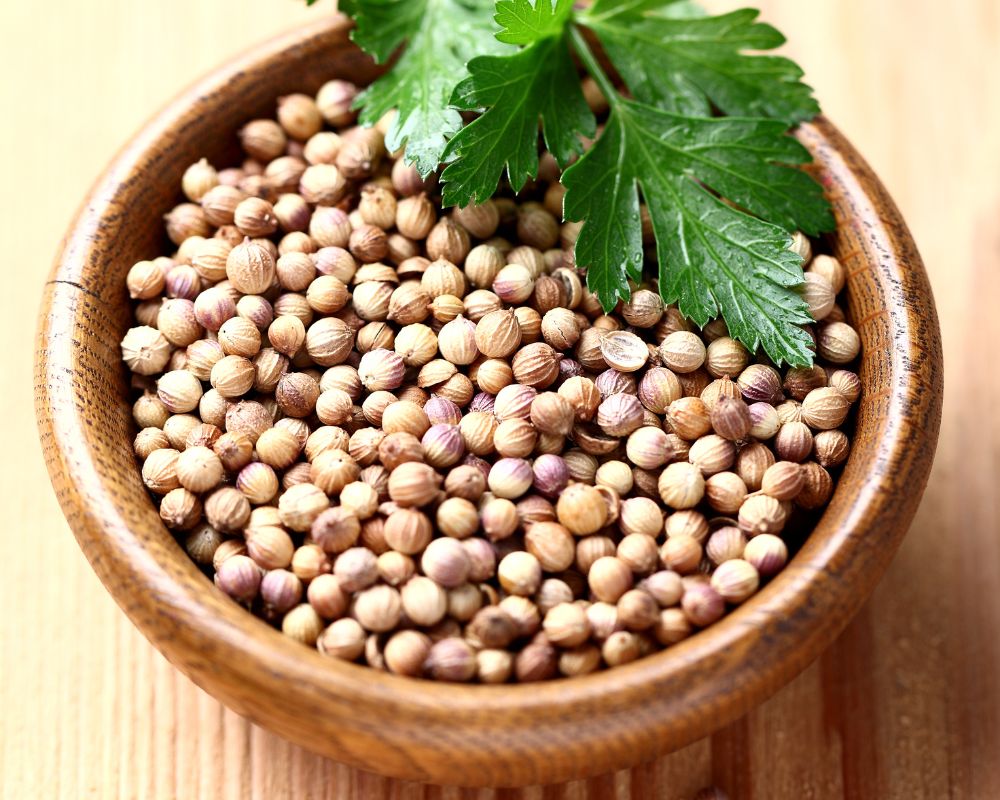
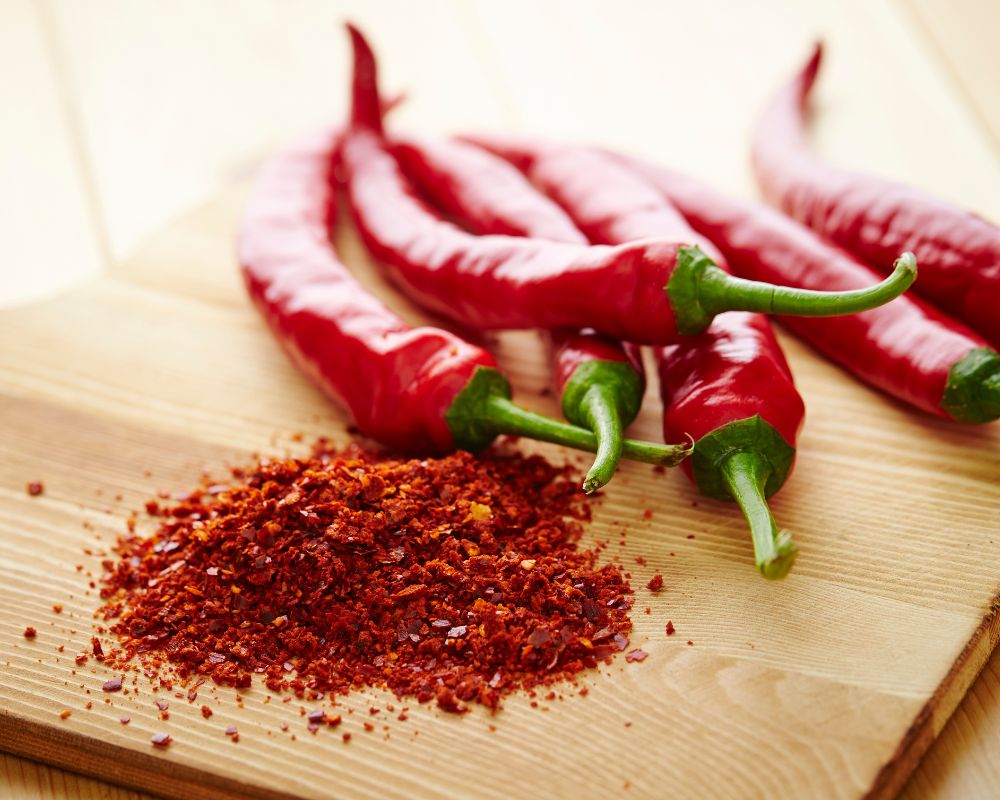
Spice blends intensify the flavors in Asian cuisine and include sesame seeds, coriander seeds, and chilies that are pickled, smoked, or toasted.
These blends are used differently across various regions of Asia, depending on the meal and the desired flavors.
Eastern Asia
- Hoisin sauce
- Chinese five spice
- Japanese seven spice
- Teriyaki blend
Southern Asia
- Various types of curries
Southeastern Asia
- Sambal blends
- Thai curries
- Vietnamese curries
In Eastern Asia, popular spice blends include:
- Hoisin sauce blend
- Fermented bean seasonings
- Chinese five spice
- Japanese seven spice
- Teriyaki blend
In Southern Asia, curries are the most popular spice blend. Still, they vary greatly depending on the region: South Indian curries tend to be spicy with coconut undertones, while curries in Northern India and Pakistan, called masalas, have a more complex flavor profile. Those have aromatic, fruity, mild, nutty, rich, and sweet notes. Sri Lankan curries are known for their intense heat and chile-based flavor.
In Southeastern Asia, Sambal blends are popular in hot sauces. Curries are also prevalent in this region, with Thai curries being hot, sour, pungent, and sweet, while Vietnamese curries are milder than Thai curries and not as intense as Indian curries.
Origin
Asian seasoning is common in various Asian cuisines, including Chinese, Japanese, Korean, Thai, Vietnamese, and others. These cuisines have different flavor profiles and seasoning blends based on their unique cultural and culinary traditions.
Appearance
The appearance of Asian seasonings can range from ground powders to dried whole spices and fresh herbs. For instance, ginger is typically sold as a root, while star anise is a dried, star-shaped spice. Soy sauce is a liquid condiment, while curry powder is a dry rub blend with various ground spices.
Flavor profile blends
Asian seasoning is present in Chinese, Japanese, Korean, Thai, Vietnamese, and other cuisines. These have different flavor profiles and seasoning blends based on their unique cultural and culinary traditions, ranging from aromatic and sweet to hot, tangy, and spicy.
Nutritional Benefits of Asian seasoning
The specific nutritional benefits depend on the spices you’re using. And Asian cuisine includes a lot of herbs and spices such as ginger, garlic, lemongrass, turmeric, cumin, coriander, star anise, cinnamon, cardamom, and Szechuan pepper.
Overall, Asian spices and seasonings offer a range of health benefits due to their anti-inflammatory, antioxidant, and antimicrobial properties.
For example, garlic is believed to have numerous health benefits, such as lowering blood pressure and reducing the risk of heart disease. Ginger is commonly used in Chinese and Indian cuisine for its medicinal properties, such as reducing inflammation and aiding digestion.
Additionally, cumin may aid digestion by stimulating the production of digestive enzymes and reducing inflammation in the gut.
Finally, turmeric has anti-inflammatory and antioxidant properties, which help to reduce inflammation and oxidative stress in the body, potentially improving overall health and reducing the risk of chronic diseases. The turmerone inside turmeric could also stimulate new brain cell production, though more research is needed.
How to make Asian seasoning?
Asian seasoning is a broad term encompassing many different spices and flavors used in Asian cuisine. The specific ingredients and methods for making Asian seasoning will vary depending on the desired flavor profile and the region of Asia in question.
Some common Asian seasoning ingredients include soy sauce, fish sauce, rice vinegar, ginger, garlic, sesame oil, chili peppers, and various herbs and spices. To make Asian seasoning, combine these ingredients in varying proportions according to your taste and recipe instructions.
What are some good Asian spices?

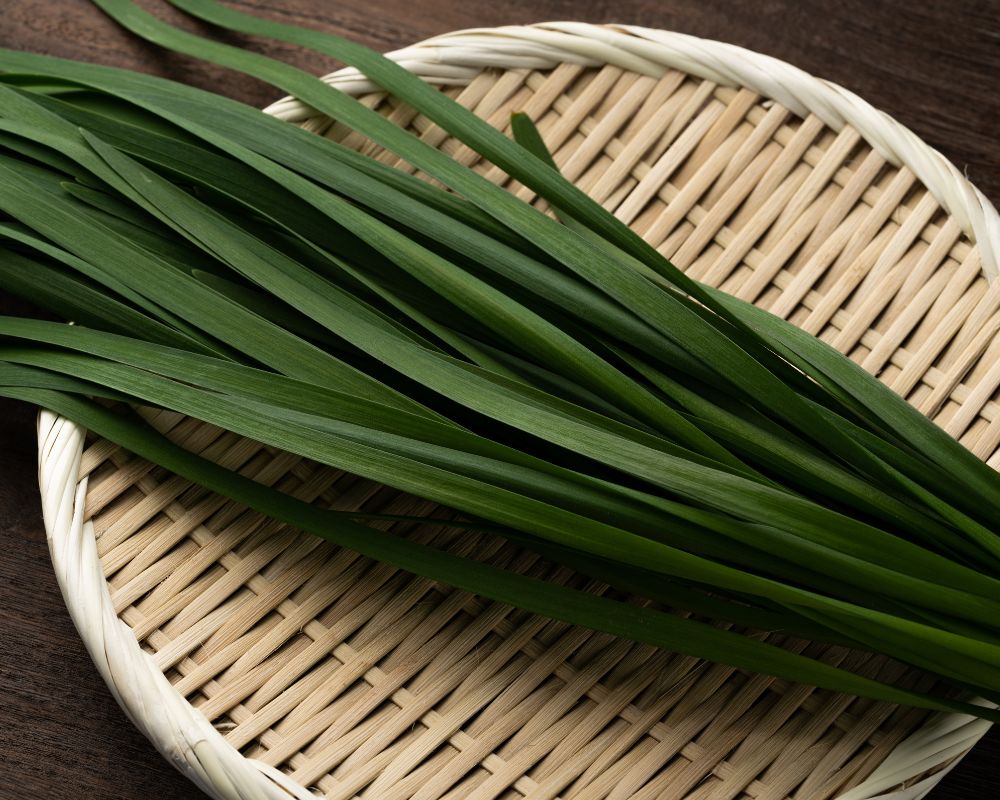
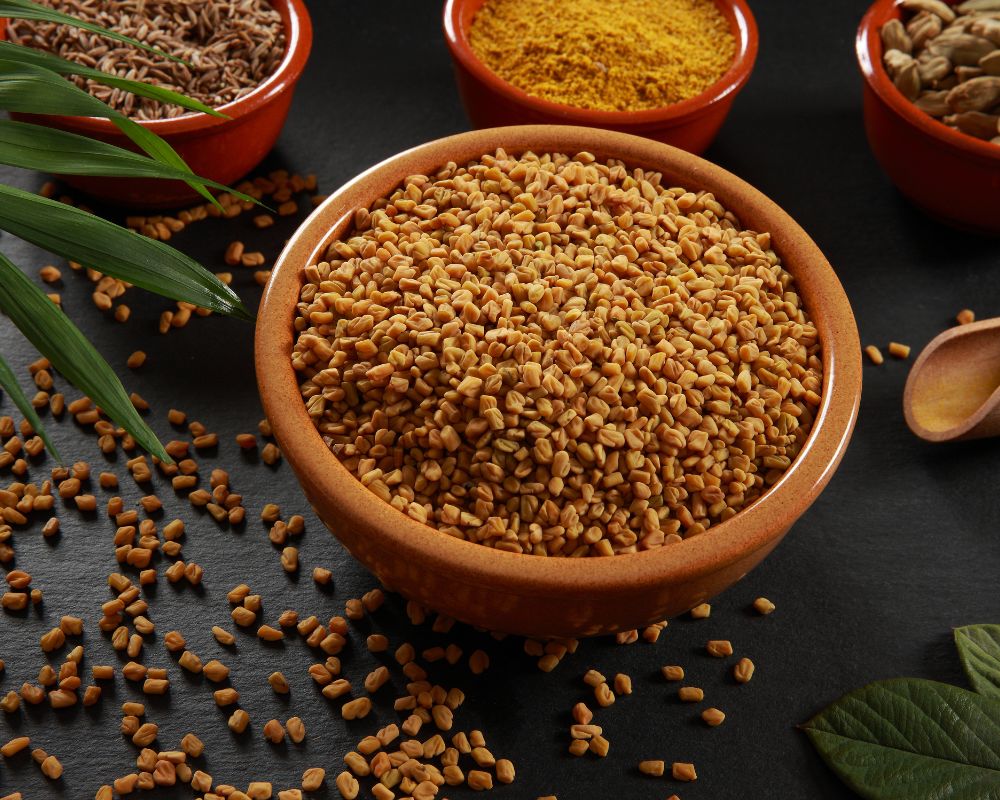

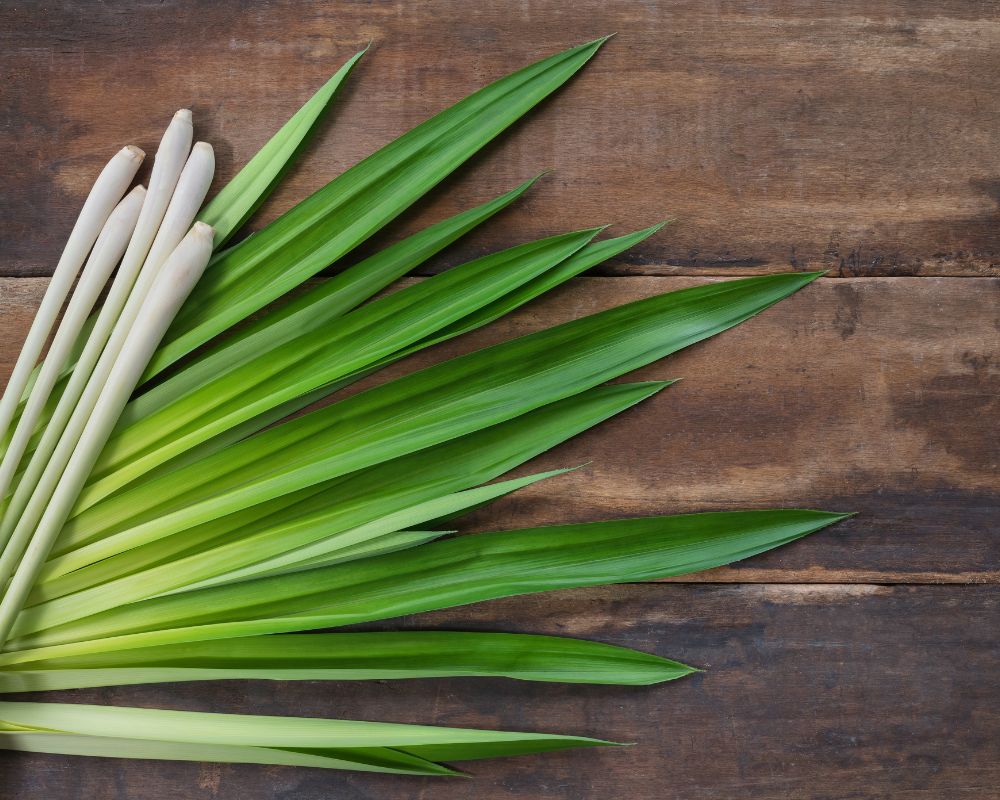

Asian cuisine is becoming increasingly popular, and understanding the essential herbs and spices used in these dishes is crucial for achieving authenticity in flavor. Here are some commonly used herbs and spices in Asian cooking:
| Chilies | Widely used to add heat and spice to dishes |
| Ginger | A common root used for its spicy, warming flavor |
| Chinese chives | Often used in stir-fries and dumplings for a mild onion flavor |
| Curry leaves | Are commonly used in Indian cooking to add a unique aroma and flavor to dishes |
| Fenugreek | A slightly bitter herb used in Indian and Middle Eastern cooking |
| Fresh coriander (cilantro) | A popular spice used in many Southeast Asian dishes for its fresh, citrusy flavor |
| Cinnamon and cassia bark | Used in sweet and savory dishes, often found in Chinese cuisine |
| Star anise | A star-shaped spice with a licorice-like flavor used in Chinese cooking |
| Golden needles | Dried flowers commonly used in Chinese soups and stews for a subtle floral flavor |
| Lemongrass | A long, fibrous stalk with a lemony flavor used in many Thai and Vietnamese dishes |
| Green cardamom | A fragrant spice with a slightly sweet flavor used in Indian and Middle Eastern dishes |
| Five-spice powder | A blend of five spices commonly used in Chinese cooking for a sweet and savory flavor |
| Turmeric | A bright yellow spice commonly used in Indian and Southeast Asian cooking for its earthy, slightly bitter flavor and vibrant color |
| Cloves | A strong spice commonly used in Chinese and Indian cooking for its warm, sweet flavor |
| Coriander | A seed with a warm, citrusy flavor commonly used in Indian and Southeast Asian dishes |
| Cumin | A popular spice used in many Indian, Middle Eastern, and Mexican dishes for its earthy, nutty flavor |
| Seven-spice | A blend of seven spices commonly used in Japanese cuisine, often added to noodles, fried rice dishes, and soups |

